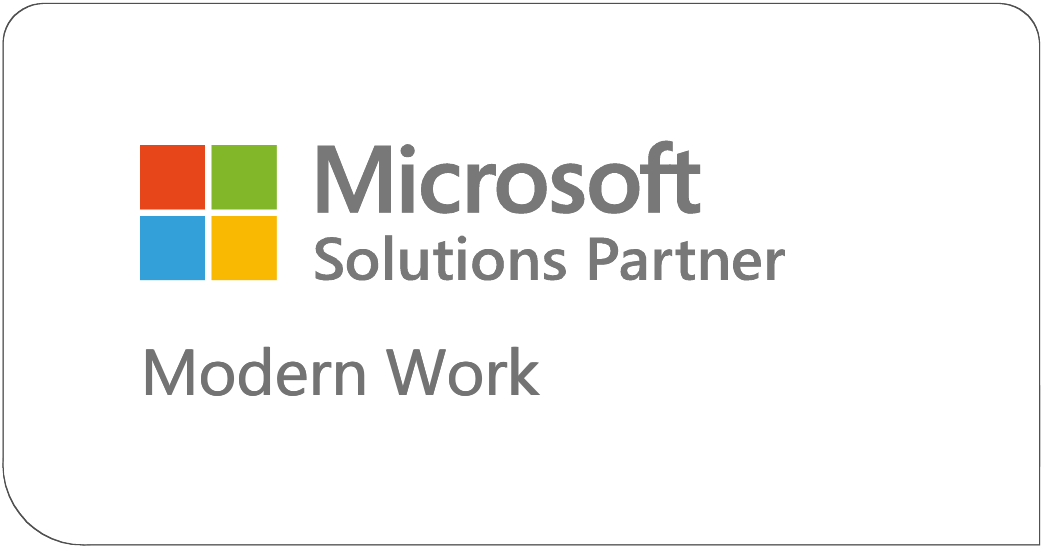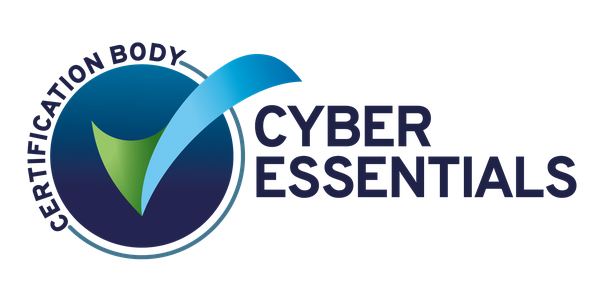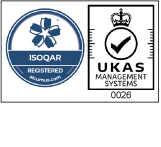Introduction
This is the latest in a series of Tailor Made Tech Thoughts, providing insight on tech matters that relate to SME’s. In these bulletins I look at recent developments in the tech industry as well as global trends, then attempt to evaluate opportunities for small and medium businesses to embrace those new developments. Recently Microsoft held their Microsoft Ignite event that showcases all the latest developments that they’ve been working on. I wanted to use this post to look at some of those developments and understand why Microsoft have been spending their time on these features.
Richard Hotchkin, CTO. Tailor Made Technologies
Key Highlights
The global pandemic has clearly impacted everybody and has led to a re-evaluation of Microsoft’s development priorities. Users of Microsoft Teams have experienced the dramatic improvements to the tool over the last 18 months and Microsoft have been focussing heavily on improving collaboration across their entire product suite. They have been developing all of their applications in response to the new world we live in, trying to ensure that productivity can be improved as a result of the hybrid working that is now the new normal for most organisations. In this post I’m going to explore some of the stand-out developments that were presented at the conference.
The rebranding of Facebook to Meta, and the subsequent talk of the “Metaverse” is not something new, and Microsoft were keen to emphasize their Metaverse credentials at Ignite. The Metaverse is something that’s been gradually building momentum since the early 2000s and advances in technology are gradually bringing this closer and closer to reality. The Metaverse is essentially the idea of merging the virtual world with the real world to a point where the differences are effectively irrelevant.
Microsoft is increasingly talking about bringing their suite of SaaS products into one conceptual offering that they refer to as the Microsoft Cloud. They are clearly ramping-up their efforts to build alternative platforms for organisations to run their businesses and take on the established market sector leaders. There’s no better example of this than Dynamics 365 that Microsoft have been building on relentlessly not just over the pandemic, but over the last 5 years. They’re clearly looking to take on the likes of Salesforce, Oracle and SAP and by combining Dynamics 365 with their other cloud-based offerings, they’re beginning to build a compelling case. They’re even building tailored versions of their Microsoft Cloud for specific vertical markets, with the introduction of “Microsoft Cloud for Financial Services”, “Microsoft Cloud for Retail” and a selection of other variants.
In order to target the vertical markets, Microsoft is really focussing on the benefits of including Dynamics 365 in the ecosystem and emphasizing how productivity can be improved by adopting a “Microsoft First” approach to technology deployment. One example is how they’re utilising Dynamics 365 Connected Spaces to merge the real world with the virtual world to allow retail users to monitor footfall, identifying zones within stores that deliver optimum sales and then using the AI capabilities in the Microsoft Power Platform to make business decisions to improve sales. By increasing the interconnection between the Microsoft applications, collaboration is vastly improved by surfacing live data through any application in the Microsoft productivity suite, Outlook, Teams, Word etc.
Microsoft is taking this collaboration further by pulling together projects in workspaces using Microsoft Loop. This allows related elements of a project to be displayed and worked on side-by-side in a single user interface. Users can view and edit data (depending on their permissions) directly in the tiles, without concerning themselves about which application is used to generate that tile of information. These additions, modifications and deletions to the data are reflected directly back to the source application to ensure that there is a single source of truth for the data.
As a result of the pandemic, Microsoft has been looking at how to enhance the hybrid-working world that we now live in. In many ways, they are now leading the way in the development of the Metaverse for the business world and this is demonstrated by some of the developments that will be introduced to Microsoft Teams early in 2022. Users will be able to replace actual video-feeds with smart-avatars, designed to listen to what is being said, then use AI to interpret the words into suitable actions for the avatar. At first this feels like a bit of a gimmick, but then when you realise that this is the same technology that is used in the introduction of virtual meeting rooms, you start to see the real potential of this technology. In these virtual meeting rooms, users can interact with colleagues from both within their organisation and suppliers and customers as well, collaborating on content live from Microsoft Loop Workspaces, to deliver greater productivity remotely than might have been possible before.













